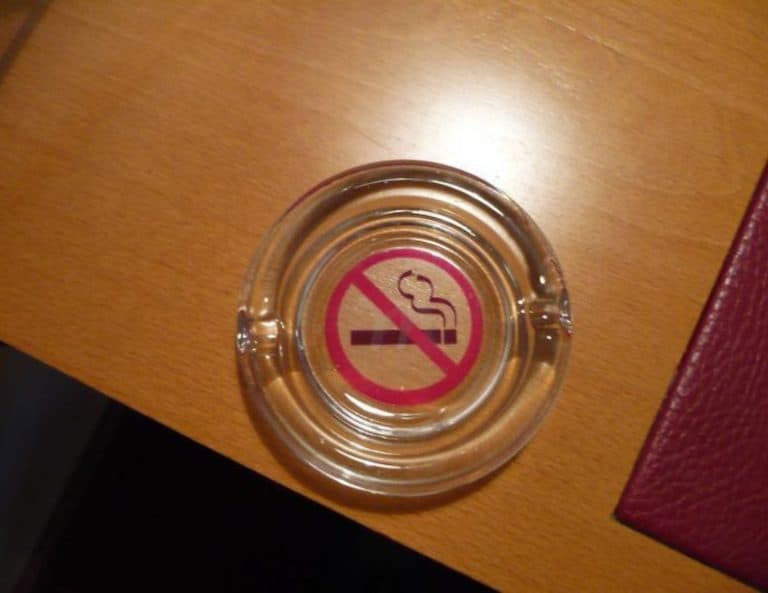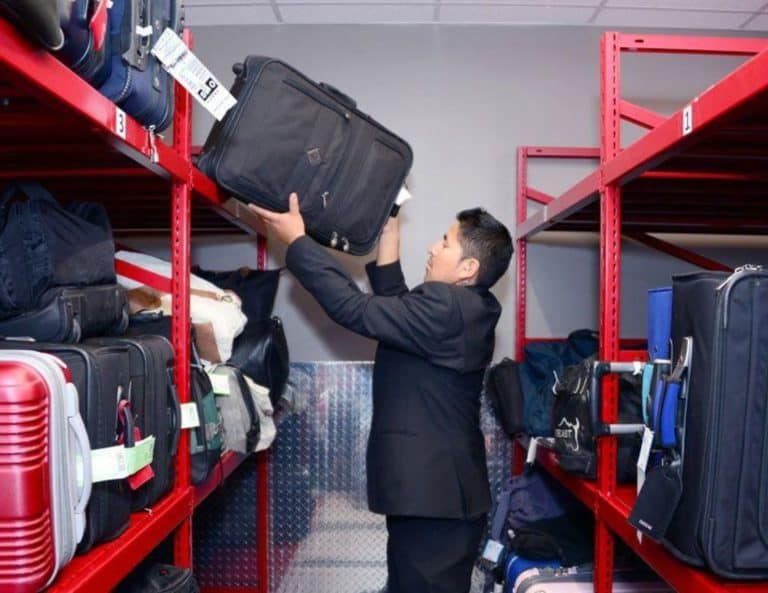Discover the hidden dangers lurking in hotels: Scabies infestations.
If you’re short on time, here’s a quick answer to your question: Scabies in hotels can be a common problem, but with proper knowledge and preventive measures, you can protect yourself.
In this comprehensive article, we will delve into the world of scabies infestations in hotels. From understanding the causes and symptoms to practical prevention tips, we’ve got you covered.
By the end of this article, you’ll be equipped with the knowledge to identify, prevent, and address scabies infestations during your hotel stays.
What is Scabies?
Scabies is a contagious skin condition caused by tiny mites called Sarcoptes scabiei. These mites burrow into the skin, causing intense itching and a characteristic rash. Scabies is commonly found in overcrowded environments such as hotels, dormitories, and nursing homes, where close contact between individuals facilitates its spread. Understanding the causes, symptoms, and transmission of scabies is crucial in preventing infestations in these settings.
Definition and Causes
Scabies is caused by the Sarcoptes scabiei mite, which is only 0.3 to 0.4 mm in length. These mites are invisible to the naked eye and can survive for up to 48 hours away from a human host. Scabies infestations occur when an infected person comes into direct skin-to-skin contact with another person. It can also spread through sharing contaminated clothes, bedding, or towels.
Fun Fact: Did you know that scabies mites are arachnids, belonging to the same family as spiders and ticks? However, unlike their larger relatives, these mites are not something you want to find crawling on your skin!
Symptoms and Transmission
The most common symptom of scabies is intense itching, particularly at night. This itching is caused by the mites burrowing into the skin and laying eggs. The characteristic rash of scabies appears as small red bumps, blisters, or burrows on the skin. These rashes often appear in the folds of the skin, such as between fingers, on wrists, elbows, or buttocks.
Scabies is highly contagious, and transmission can occur even before symptoms appear. It is important to note that scabies is not a reflection of poor hygiene; anyone can get scabies. However, certain factors, such as close living conditions or compromised immune systems, can increase the risk of infestation.
If you suspect you have scabies or have been in close contact with someone who does, it is essential to seek medical attention. A healthcare professional can diagnose scabies through a visual examination and prescribe appropriate treatment, such as topical creams or oral medications.
Pro Tip: To prevent scabies infestations in hotels or other crowded spaces, it is crucial to maintain good personal hygiene, avoid sharing personal items, and wash bedding and clothing in hot water. Regularly vacuuming and cleaning the living environment can also help eliminate any potential mites.
For more information about scabies, you can visit the Centers for Disease Control and Prevention (CDC) website.
Scabies in Hotels
Scabies is a highly contagious skin infestation caused by the microscopic mite Sarcoptes scabiei. While scabies is commonly associated with overcrowded and unsanitary living conditions, it can also be found in hotels. Understanding how scabies spreads in hotels and the factors contributing to infestations is crucial for preventing its transmission.
How Scabies Spreads in Hotels
Scabies mites can easily spread from person to person through close physical contact. In hotels, the mites can be transferred through shared bedding, towels, and furniture. They can also survive for up to 72 hours on surfaces such as doorknobs, light switches, and countertops, increasing the risk of transmission to unsuspecting guests. Additionally, scabies can spread through sexual contact, making hotels with a high turnover of guests particularly vulnerable to infestations.
To prevent the spread of scabies in hotels, it is important for hotel staff to maintain good hygiene practices. Regularly washing bedding, towels, and other linens at high temperatures can help kill the mites. Thoroughly cleaning and disinfecting common areas and frequently touched surfaces can also reduce the risk of transmission. Guests can protect themselves by avoiding direct skin-to-skin contact with others, refraining from sharing personal items, and practicing good hand hygiene.
Factors Contributing to Infestations
Several factors can contribute to scabies infestations in hotels. One major factor is the high turnover of guests, which increases the likelihood of an infested individual coming into contact with multiple people and surfaces. Another factor is the lack of awareness about scabies and its symptoms. Infested individuals may unknowingly spread the mites to others, as scabies symptoms can take several weeks to appear after infestation.
Poor sanitation practices and inadequate cleaning protocols can also contribute to infestations. Hotels should prioritize regular deep cleaning of rooms and common areas to eliminate any potential mite infestations. Additionally, staff training on recognizing the signs and symptoms of scabies can help identify and address infestations promptly.
By understanding how scabies spreads in hotels and the factors contributing to infestations, hotel owners, staff, and guests can take proactive measures to prevent its transmission. Early detection, proper hygiene practices, and effective cleaning protocols are essential in maintaining a safe and scabies-free environment for everyone.
Identifying Scabies Infestations
Scabies is a highly contagious skin infestation caused by microscopic mites called Sarcoptes scabiei. Identifying scabies infestations early is crucial to prevent its spread. Here are some ways to identify scabies infestations:
Visible Signs on the Skin
One of the most common signs of scabies infestations is intense itching, especially at night. This itching is caused by an allergic reaction to the mites and their waste products. However, itching alone is not enough to confirm scabies, as it can also be caused by other skin conditions.
Another key indicator of scabies is the presence of tiny, burrow-like tracks or lines on the skin. These tracks are created by the female mites as they tunnel under the surface of the skin to lay their eggs. These tracks are often found in the folds of the skin, such as between the fingers, on the wrists, elbows, armpits, or around the waistline.
In some cases, scabies can also cause small red bumps or blisters on the skin. These bumps may be accompanied by a rash or sores, which can become infected if scratched excessively.
Common Areas for Infestations
Scabies infestations can occur in any location where there is close physical contact between individuals. However, some common areas where scabies infestations are more likely to occur include:
- Hotels and other shared accommodations
- Dormitories and college campuses
- Nursing homes and assisted living facilities
- Prisons and correctional facilities
These places often have a higher risk of scabies infestations due to the close proximity of individuals and the sharing of bedding, towels, and clothing. It is important to note that scabies can affect people of all ages and social backgrounds, and it is not a reflection of personal hygiene.
It is crucial to take preventive measures to avoid scabies infestations, especially in high-risk areas. Regularly washing and drying bedding and clothing on high heat, avoiding direct skin-to-skin contact with individuals who have scabies, and practicing good personal hygiene can significantly reduce the risk of infestation.
If you suspect a scabies infestation, it is important to seek medical attention for proper diagnosis and treatment. A healthcare professional will be able to confirm the presence of scabies and prescribe the appropriate medications to eliminate the mites and alleviate the symptoms.
For more information on scabies and its prevention, you can visit the Centers for Disease Control and Prevention (CDC) website.
Preventing Scabies Infestations
Tips for Hotel Guests
When staying in hotels, it is important to take precautions to prevent scabies infestations. Here are some tips for hotel guests:
- Inspect the room: Upon arrival, carefully inspect the bedding, mattress, and furniture for any signs of scabies infestation. Look for red bumps, blisters, or tiny black dots, which may indicate the presence of scabies mites.
- Keep personal items separate: Avoid placing personal items directly on the bed or furniture. Use luggage racks or designated areas to keep your belongings, reducing the risk of contact with any potential mites.
- Wash and dry clothes properly: If you suspect exposure to scabies mites, it is essential to wash your clothes and bedding in hot water with detergent. Dry them on high heat to kill any mites that may be present.
- Avoid direct skin contact: Minimize direct skin contact with hotel furniture, especially if you notice any suspicious signs. Consider using a towel or cloth as a barrier between your skin and the surfaces.
- Practice good hygiene: Regularly wash your hands with soap and water, especially before and after touching potentially contaminated surfaces. Avoid scratching any itchiness, as it can lead to further skin irritation and the spread of mites.
By following these simple tips, you can significantly reduce the risk of scabies infestations while staying in hotels.
Advice for Hotel Management
Hotel management plays a crucial role in preventing scabies infestations and ensuring the safety and comfort of their guests. Here are some recommendations:
- Regular inspection and maintenance: Conduct routine inspections of rooms and common areas to identify any signs of infestation. Promptly address any issues found and ensure thorough cleaning and disinfection of affected areas.
- Train staff: Educate your staff about scabies, including its symptoms, transmission, and prevention methods. Empower them to recognize the signs of infestation and take appropriate action to prevent the spread.
- Proper bedding and furniture care: Use mattress and pillow protectors that are impermeable to mites. Regularly clean and sanitize bedding, towels, and furniture to eliminate any potential mites and their eggs.
- Inform guests: Provide information about scabies prevention in hotel rooms, such as brochures or signage. This helps raise awareness among guests and encourages them to take necessary precautions.
- Collaborate with professionals: Establish a partnership with pest control experts who specialize in scabies treatment and prevention. They can provide valuable guidance and support in managing and eradicating infestations.
By implementing these measures, hotels can create a safer environment for their guests and minimize the risk of scabies infestations.
Dealing with Scabies Infestations
If you suspect a scabies infestation, it is important to take immediate action to prevent further spread and seek medical attention. Scabies is a highly contagious skin condition caused by tiny mites that burrow into the skin, causing intense itching and a red rash. Fortunately, scabies can be effectively treated with prescription medications, so it’s crucial to consult a healthcare professional as soon as possible.
Seeking Medical Attention
When dealing with a scabies infestation, it is essential to seek medical attention for proper diagnosis and treatment. Your healthcare provider will be able to confirm if it is scabies and prescribe the appropriate medication. Typically, scabies is treated with topical creams or lotions that kill the mites and their eggs. It is crucial to follow the instructions provided by your healthcare professional and complete the full course of treatment to ensure eradication of the infestation. Additionally, your healthcare provider may recommend treating close contacts, such as family members or roommates, to prevent reinfestation.
Disinfecting Personal Belongings
Alongside seeking medical attention, it is important to take steps to prevent the spread of scabies by disinfecting personal belongings. Scabies mites can survive for a short period away from the human body, so it’s essential to clean and disinfect items that may have come into contact with the mites. Wash all bedding, towels, and clothing in hot water and dry them on high heat. Items that cannot be washed, such as stuffed animals or pillows, can be sealed in a plastic bag for several days to kill the mites. Vacuuming furniture, mattresses, and carpets can also help remove any mites or eggs that may be present.
It’s important to note that scabies mites cannot survive for more than a few days away from the human body. Therefore, it is not necessary to treat your entire home with pesticides. Focus on cleaning and disinfecting personal items and frequently touched surfaces to minimize the risk of reinfestation.
For more information on scabies and its prevention, you can visit CDC’s website. Remember, early detection and prompt treatment are key to effectively dealing with scabies infestations.
Conclusion
Scabies infestations in hotels can be an unpleasant experience, but with awareness and preventive measures, you can protect yourself and your loved ones.
Remember to educate yourself about scabies, understand the causes and symptoms, and take necessary precautions when staying in hotels.
By following the provided tips and seeking prompt medical attention if needed, you can minimize the risk of scabies infestations and have a worry-free hotel stay.
Stay informed, stay vigilant, and enjoy your travels without the worries of scabies!






